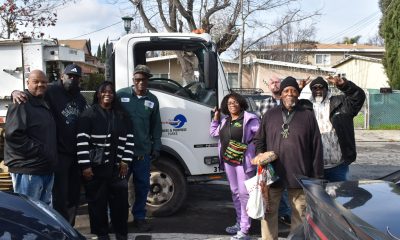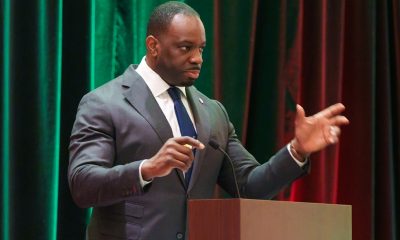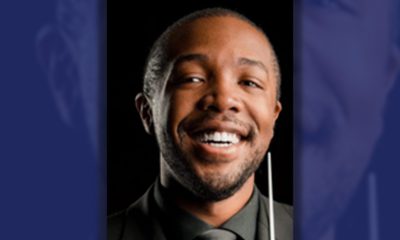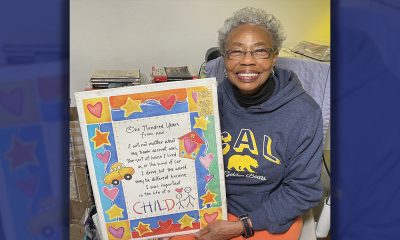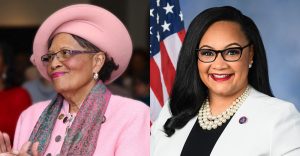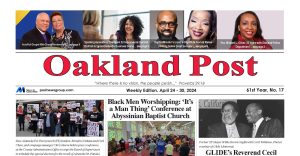Black History
Florence Beatrice Price: A First in Classical Music
In 1903, Price attended the New England Conservatory of Music in Boston. Knowing that race was a barrier for entry, she presented herself as being of Mexican descent. In three years, she earned a soloist’s diploma in organ and a teacher’s diploma in piano.
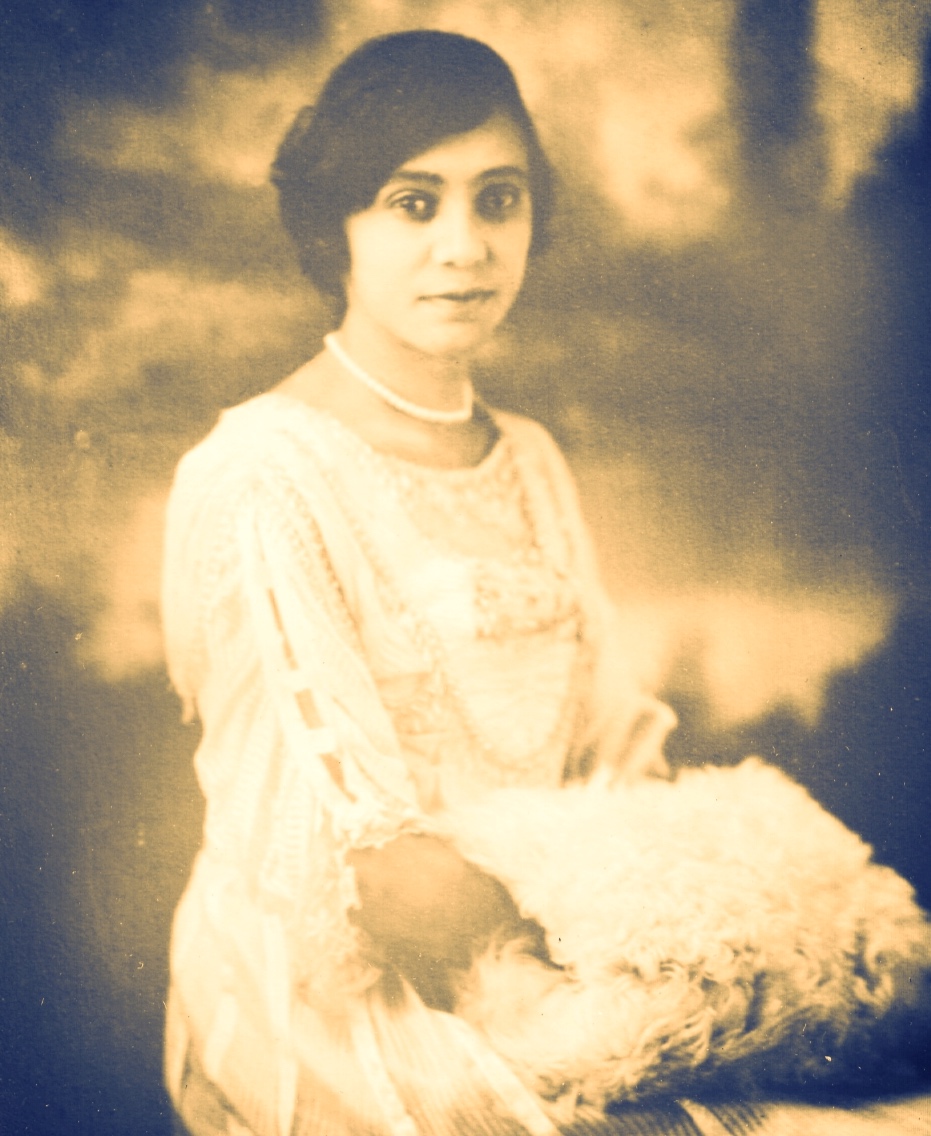
Eleven years into the Jim Crow laws, Florence B. Price (1888–1953) was born into a middle-class family in Little Rock, Ark. It was a time when anyone of African descent in North America, no matter their successes, was viewed as part of the under-class.
Price’s mother was a music teacher, owned and ran a restaurant, worked in real estate, and served as secretary of the International Loan and Trust Company.
Her father was an artist, a notable dentist, and inventor of patented dental tools.
The family was considered among the ‘10 percenters,’ meaning people who benefited from a classical education and had the potential to lead American society.
They were known to host gatherings of the Black intelligentsia. Young Florence entertained those guests on the piano, a skill taught by her mother.
In 1903, Price attended the New England Conservatory of Music in Boston. Knowing that race was a barrier for entry, she presented herself as being of Mexican descent. In three years, she earned a soloist’s diploma in organ and a teacher’s diploma in piano.
Encouraged to compose, Florence studied composition and counterpoint. Her early works included pieces for piano and organ. She later returned to the South, teaching at the Arkadelphia Presbyterian Academy and later at Little Rock’s Shorter College. She became head of the music department at Clark University in Atlanta (1910–1912), and then returned to Little Rock.
Despite her qualifications, Price was denied membership to the Arkansas State Music Teachers Association. Refusing to give up, she established her own music studio and founded the Little Rock Club of Musicians.
At that time, racial tension in Little Rock was escalating. The numbers of Black men being beaten and lynched were on the rise. Price and her husband fled to Chicago for their safety.
The Prices divorced in 1931, leaving Florence a single mother. She then played the organ for silent film screenings and wrote popular songs for WGN radio. She forged friendships with like-minded musicians and artists and continued her composition studies. Eventually, Price’s concert music came to the attention of one of her teachers, which led to her big break in 1932.
Price won several prizes at the Wanamaker Music Composition Contest. These successes attracted the attention of the Chicago Symphony Orchestra’s music director, who, soon after, conducted a performance of Price’s First Symphony (1933).
At that moment, she became established as a composer of note and the first Black woman in American history to have a symphonic work performed by a major American orchestra.
“It is a faultless work, a work that speaks its own message with restraint and yet with passion … worthy of a place in the regular symphonic repertory,” the Chicago Daily News reported.
Despite her success, Price struggled, surviving mostly on the kindness of friends. She suffered from poor health and was often hospitalized. By 1953, her work was gaining a new momentum. While preparing for a promotion trip to Europe, she suffered a heart attack and died.
Activism
Oakland Post: Week of April 24 – 30, 2024
The printed Weekly Edition of the Oakland Post: Week of April 24 – 30, 2024
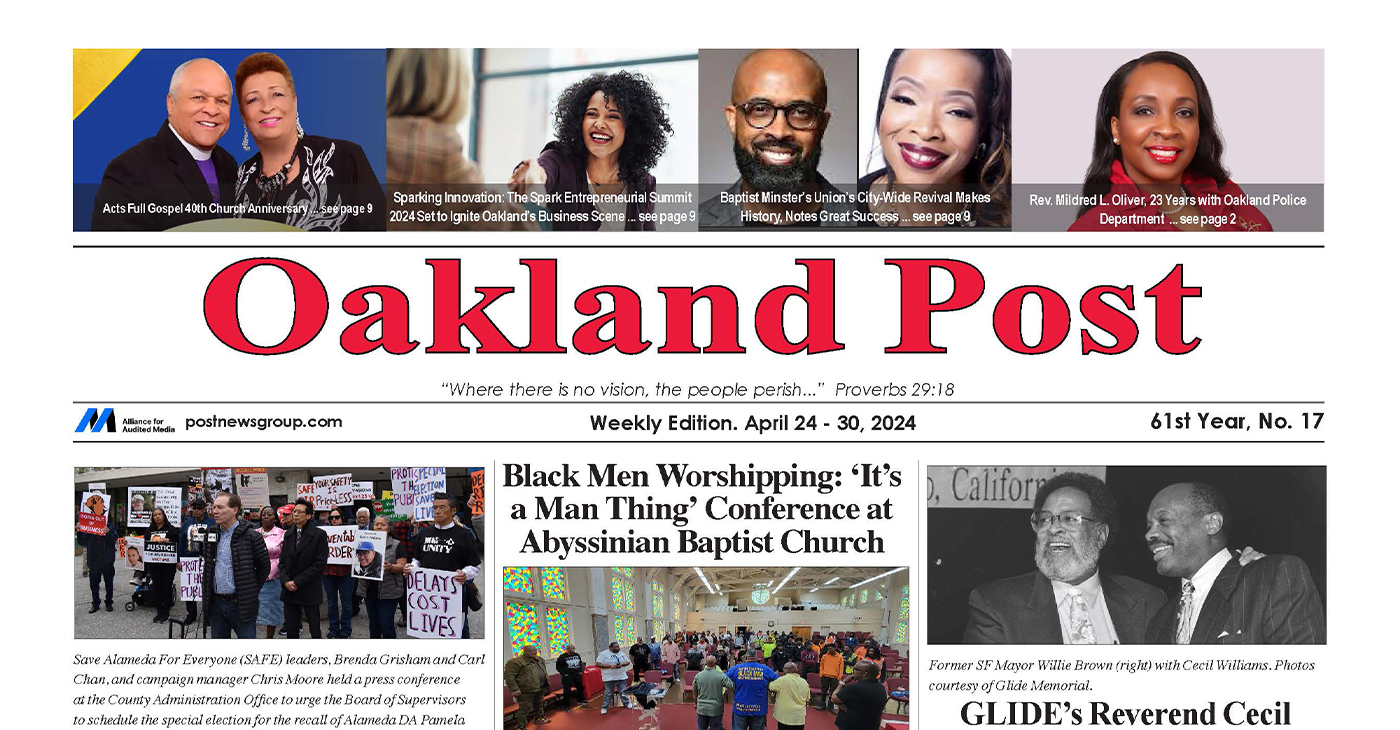
To enlarge your view of this issue, use the slider, magnifying glass icon or full page icon in the lower right corner of the browser window. ![]()
Activism
Oakland Post: Week of April 17 – 23, 2024
The printed Weekly Edition of the Oakland Post: Week of April 17 – 23, 2024

To enlarge your view of this issue, use the slider, magnifying glass icon or full page icon in the lower right corner of the browser window. ![]()
Black History
Matthew Henson: Explorer Extraordinaire
Matthew Henson, a trailblazing explorer who overcame countless obstacles to leave an incredible mark on history. Born on August 8, 1866, in Charles County, Maryland, his journey is a testament to the power of determination and the spirit of adventure.
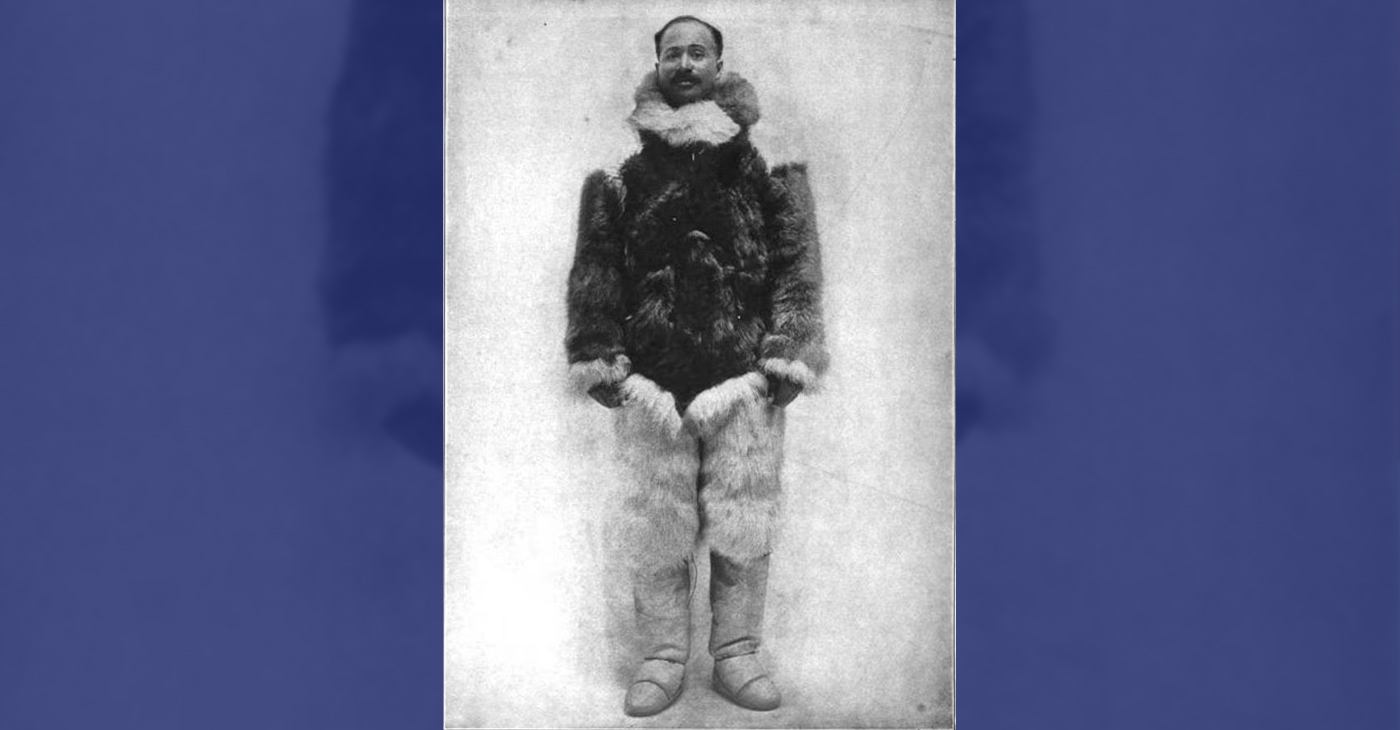
By Tamara Shiloh
Matthew Henson, a trailblazing explorer who overcame countless obstacles to leave an incredible mark on history. Born on August 8, 1866, in Charles County, Maryland, his journey is a testament to the power of determination and the spirit of adventure.
Henson’s life began amidst the backdrop of post-Civil War America, where opportunities for African Americans were scarce. From a young age, he possessed an insatiable curiosity about the world beyond his small town. At the age of 12, he embarked on a journey that would change the course of his life forever when he joined a merchant ship as a cabin boy.
His most famous expedition was his journey to the Arctic with renowned explorer Robert E. Peary. In 1887, Henson joined Peary’s crew as a seaman and quickly proved himself to be invaluable with his skills as a navigator and craftsman. Over the course of several expeditions, Matthew endured extreme cold, treacherous terrain, and grueling conditions as he and Peary sought to reach the elusive North Pole.
In 1908–09, Peary set out on his eighth attempt to reach the North Pole. It was a big expedition, with Peary planning to leave supplies along the way. When he and Henson boarded their ship, the Roosevelt, leaving Greenland on August 18, 1909, they were joined by a large group. This included 22 Inuit men, 17 Inuit women, 10 children, 246 dogs, 70 tons of whale meat, blubber from 50 walruses, hunting gear, and tons of coal.
In February, Henson and Peary left their anchored ship at Ellesmere Island’s Cape Sheridan, along with the Inuit men and 130 dogs. They worked together to set up a trail and supplies along the way to the Pole.
Peary picked Henson and four Inuit people to join him in the final push to the Pole. However, before they reached their destination, Peary couldn’t walk anymore and had to ride in a dog sled. He sent Henson ahead to scout the way. In a later interview with a newspaper, Henson recalled being in the lead and realizing they had gone too far. The group turned back, and Henson noticed his footprints helped guide them to their destination. At that location, Henson planted the American flag.
Henson’s legacy extends far beyond his expeditions to the Arctic. He shattered racial barriers in the world of exploration and inspired countless individuals, regardless of race, to dream big and pursue their passions. In 1937, he was finally recognized for his achievements when he was inducted into The Explorers Club, an organization dedicated to promoting scientific exploration and field research.
Matthew Henson died in the Bronx, New York, on March 9, 1955, at the age of 88.
-
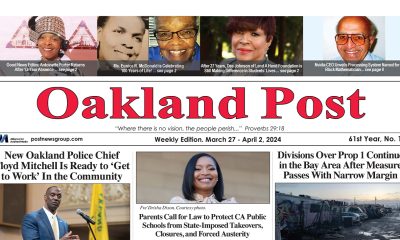
 Activism4 weeks ago
Activism4 weeks agoOakland Post: Week of March 27 – April 2, 2024
-
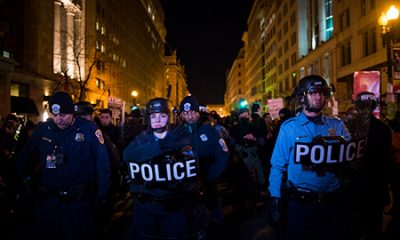
 #NNPA BlackPress4 weeks ago
#NNPA BlackPress4 weeks agoCOMMENTARY: D.C. Crime Bill Fails to Address Root Causes of Violence and Incarceration
-

 #NNPA BlackPress4 weeks ago
#NNPA BlackPress4 weeks agoMayor, City Council President React to May 31 Closing of Birmingham-Southern College
-
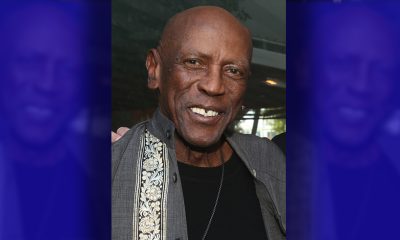
 #NNPA BlackPress4 weeks ago
#NNPA BlackPress4 weeks agoBeloved Actor and Activist Louis Cameron Gossett Jr. Dies at 87
-
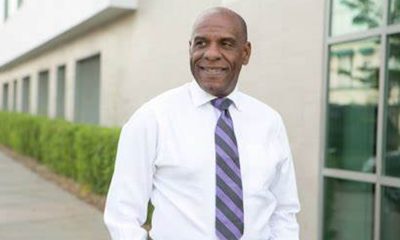
 Community1 week ago
Community1 week agoFinancial Assistance Bill for Descendants of Enslaved Persons to Help Them Purchase, Own, or Maintain a Home
-
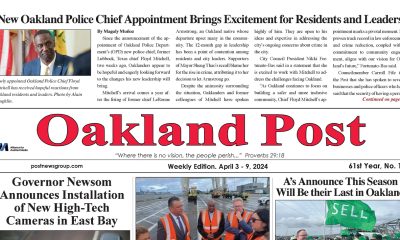
 Activism3 weeks ago
Activism3 weeks agoOakland Post: Week of April 3 – 6, 2024
-
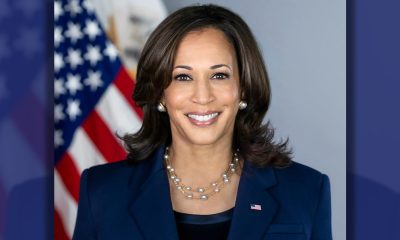
 Business1 week ago
Business1 week agoV.P. Kamala Harris: Americans With Criminal Records Will Soon Be Eligible for SBA Loans
-
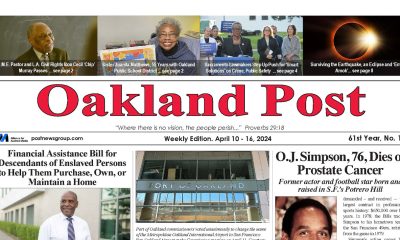
 Activism2 weeks ago
Activism2 weeks agoOakland Post: Week of April 10 – 16, 2024

